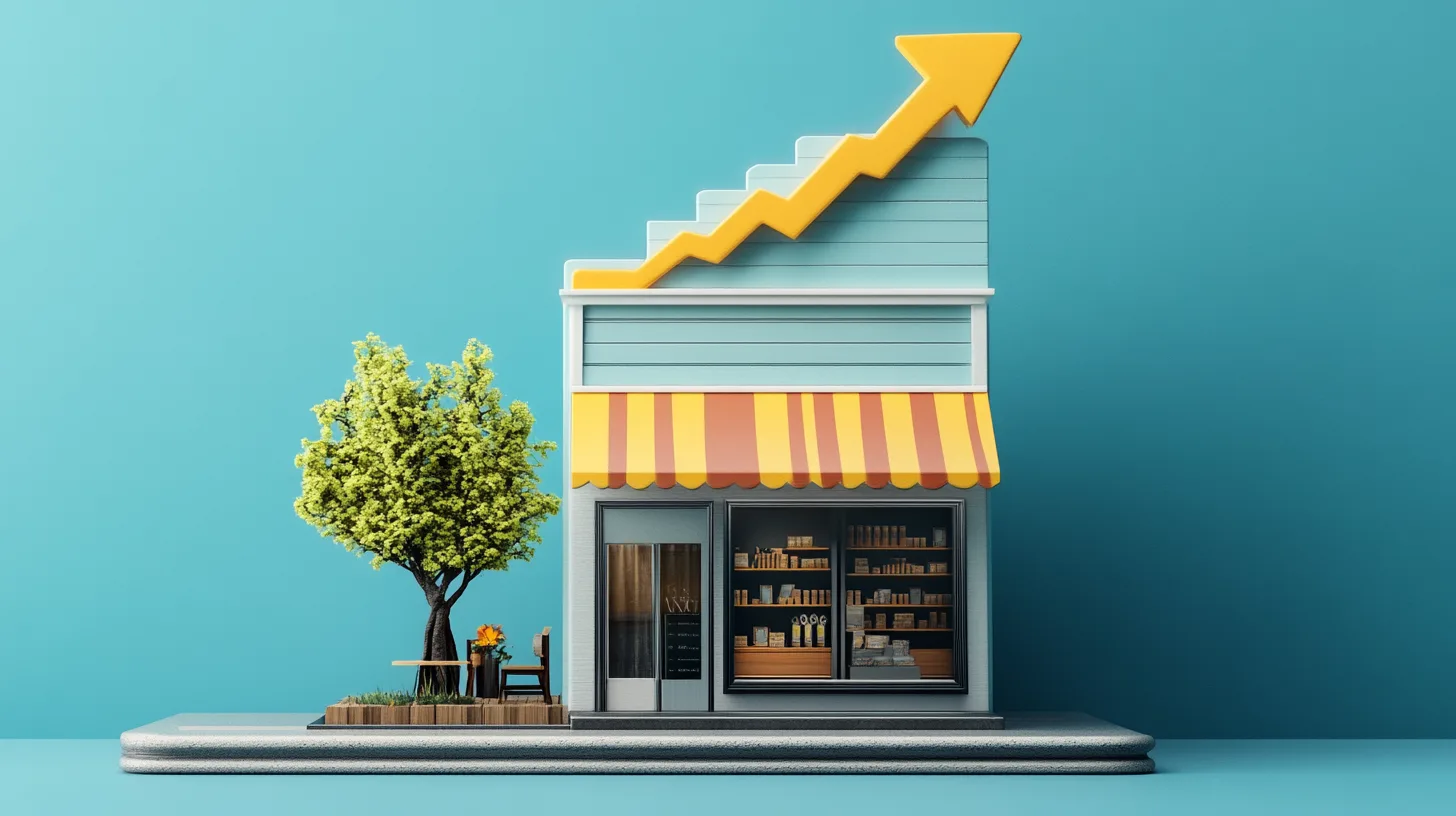
Scaling an eCommerce business is an exciting yet challenging step. It means you’ve achieved some level of success and are ready to take things to the next level. However, scaling requires more than just increasing inventory or launching more ads. It involves strategic growth in marketing, product expansion, logistics, and staffing to ensure your business can handle higher demand without sacrificing quality or customer satisfaction.
Here’s a step-by-step guide to help you scale your eCommerce business effectively.
Scaling your marketing efforts is crucial for growing your eCommerce business. The goal here is to drive more traffic and increase conversions, which in turn leads to higher revenue.
Key Marketing Strategies for Scaling:
Example:
A small skincare brand grew rapidly by leveraging Instagram ads and influencer marketing. They also doubled down on SEO by optimizing product descriptions with targeted keywords. Over time, they increased both their organic and paid traffic, leading to a significant revenue boost.
Tools to Use:
For a deeper dive into marketing strategies, check out this guide on Building an Audience for Your Online Store.
Another key step in scaling is expanding your product line. This doesn’t mean adding random products—it’s about finding complementary items that align with your brand and customer needs. Adding new products can boost average order value (AOV) and attract new customers.
How to Expand Your Product Line:
Example:
A company selling organic tea started offering tea accessories like infusers and teapots. These additional products boosted their AOV and attracted more tea lovers.
Tools to Use:
For more insight into product research, visit Product Research and Analysis.
Scaling your logistics and fulfillment processes ensures you can handle increased orders without sacrificing delivery times or customer satisfaction. Efficient logistics are key to maintaining growth momentum.
Steps to Optimize Logistics:
Example:
A clothing brand scaled successfully by automating inventory management and partnering with a 3PL provider. This helped them handle thousands of orders per day without overwhelming their internal team.
Tools to Use:
You can learn more about inventory management by reading: What Is Inventory Management? Tips & Techniques (2024)
Scaling isn’t just about increasing orders—it’s also about expanding your team to handle higher demand efficiently. Hiring the right people at the right time is crucial to avoid burnout and ensure quality service.
How to Expand Your Team:
Example:
A small startup scaled its team by first hiring a customer service manager to handle growing customer inquiries. They later hired a full-time marketing manager, allowing the founder to focus on scaling operations.
Tools to Use:
Scaling your eCommerce business takes strategic planning and careful execution. By strengthening your marketing efforts, expanding your product line, optimizing logistics, and hiring the right team, you can grow your business without losing momentum. Remember to use the right tools to automate and streamline processes as you scale.
Jamaican Christmas or Fruit Cake is a holiday tradition that everyone looks forward to during…
Running an eCommerce business comes with a long list of day-to-day tasks that can quickly…
Why Building an Audience Matters No matter how great your product is, it won’t sell…
Choosing the right payment model for your business is crucial to maximizing your revenue and…
Why Selling on Value Matters More Than Anything Else In today’s competitive market, selling on…
Pricing your products correctly is one of the most important decisions you'll make for your…